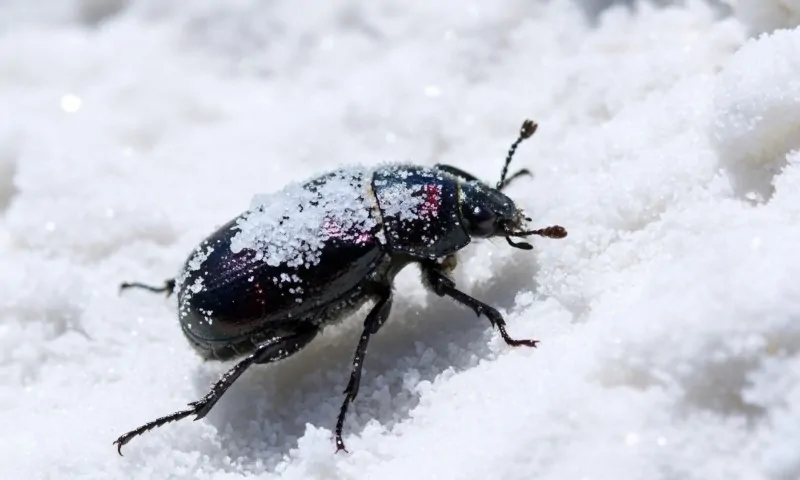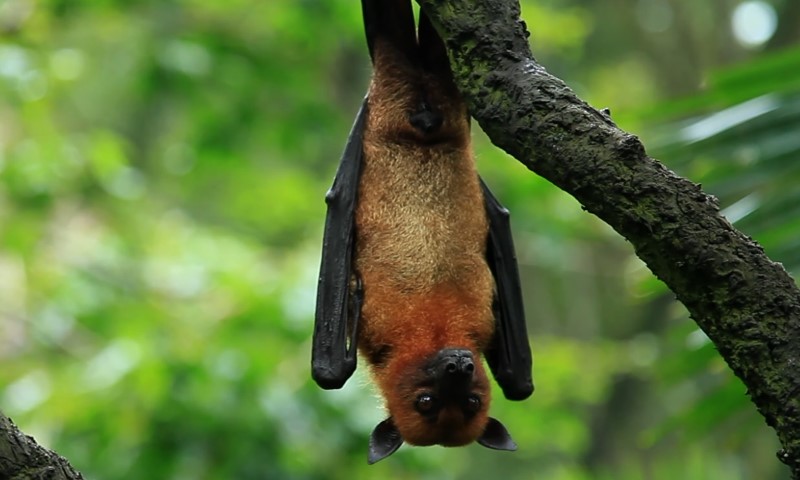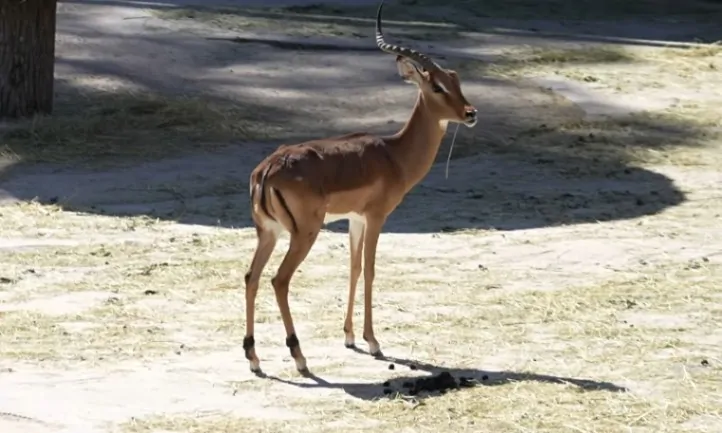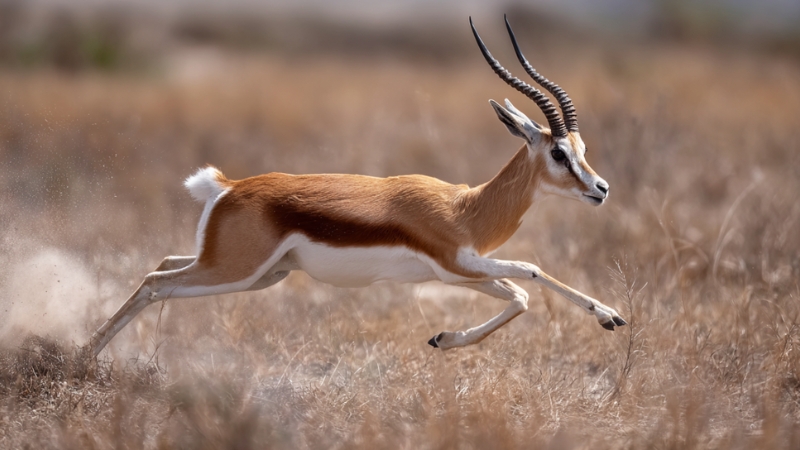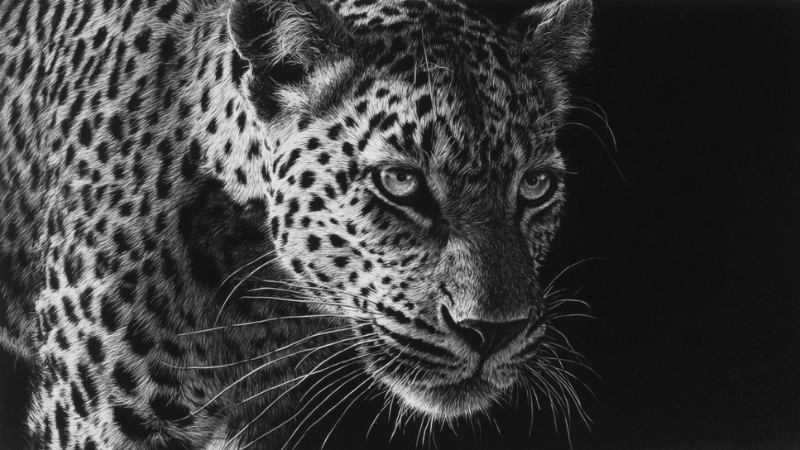The camel often comes to mind when picturing desert survival and endurance. These animals are symbols of adaptation and resilience.
- The Dromedary
- The Bactrian
Despite their shared name and similar form, their differences are substantial.
The goal here is to clarify those differences and examine their features, behavior, and ecological roles.
The Hump Difference
| Feature | Dromedary Camel | Bactrian Camel |
|---|---|---|
| Humps | 1 | 2 |
| Native Region | Middle East, Africa, Australia | Central Asia (Gobi Desert) |
| Coat | Short, heat-resistant | Thick, for cold climates |
| Temperament | Sometimes more aggressive | Generally calmer |
| Status | Domesticated, common | Endangered in wild |
Dromedaries have a single hump that resembles the letter “D” when viewed in profile. Bactrians possess two distinct humps that mimic the shape of the letter “B.”
That visual trick offers an easy and fast way to tell them apart without needing to recall complex scientific details.
Sketchplanations popularized this comparison, turning it into a simple and effective mnemonic that even children can remember.
- One “D” equals one hump
- One “B” equals two
Despite the visible difference, both species use their humps in the same essential way: as reserves for fat, not water.
The myth that camels store water in their humps has long been debunked. Instead, that fatty tissue can be metabolized into both energy and water when resources are scarce.
This trait is a crucial survival mechanism, allowing camels to endure long periods without food in extreme environments.
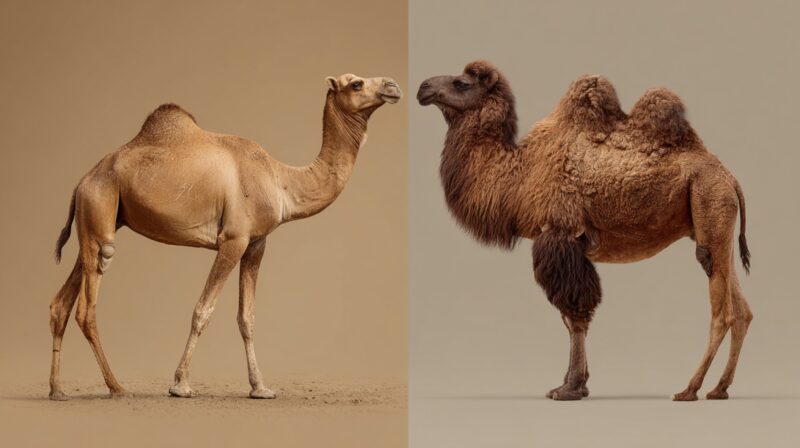
To clearly outline the comparison, here are the key features in bullet points:
- Single hump
- Hump shaped like the letter “D”
- Typically found in hotter climates
- Hump used for fat storage, not water
Bactrian Camels:
- Two humps
- Humps shaped like the letter “B”
- Common in colder, mountainous deserts
- Same fat storage purpose as dromedaries
Mnemonic devices like this not only help with quick recognition but also make the learning process easier for all age groups.
In regions where both types may be encountered, recognizing the hump pattern can prevent confusion and ensure proper identification.
Physical Appearance and Adaptations
Adaptations in body structure reflect how each camel species has evolved to survive in its respective climate. Dromedaries, often found in desert regions, are built for heat endurance and long-distance travel over loose sand.
Their anatomy reflects a streamlined system of features that facilitate thermoregulation and mobility. Key physical features highlight how they cope with harsh sun and arid terrain.
- One hump that functions as a fat reservoir to supply energy during long periods without food
- Long, slender legs that elevate the body and help reduce heat exposure from hot sand
- Short, fine coat that reflects sunlight and limits heat absorption
- Narrow body that allows better airflow across the sides for cooling
Bactrian camels, native to cold, arid regions, show a contrasting set of traits focused on insulation, stability, and energy conservation.
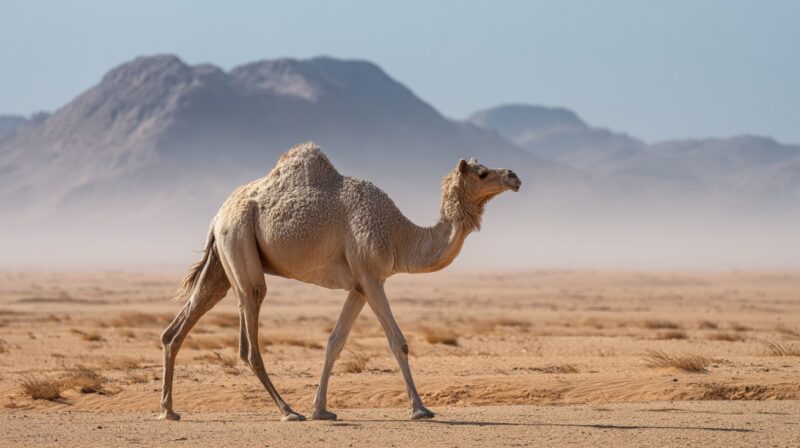
Their rugged build protects them in subzero conditions and helps them traverse rocky paths and snowy grounds. Their structure is a display of cold-weather adaptation.
- Two humps for increased fat storage, allowing longer survival in frigid environments
- Stocky, muscular build that conserves body heat
- Thick, shaggy coat that insulates against freezing temperatures and biting winds
- Broad, flat feet that improve stability and grip on snow-covered or uneven surfaces
Beyond what is visible, internal systems also contribute significantly to each species’ survival. Both have specialized circulatory systems that help regulate body temperature.
Their metabolism adjusts efficiently during food scarcity or extreme conditions, reducing energy output when needed. Sweat glands are also adapted for climate control, releasing moisture sparingly to preserve hydration.
Every part of their physiology supports resilience in environments that would overwhelm most animals.
Geographic Distribution
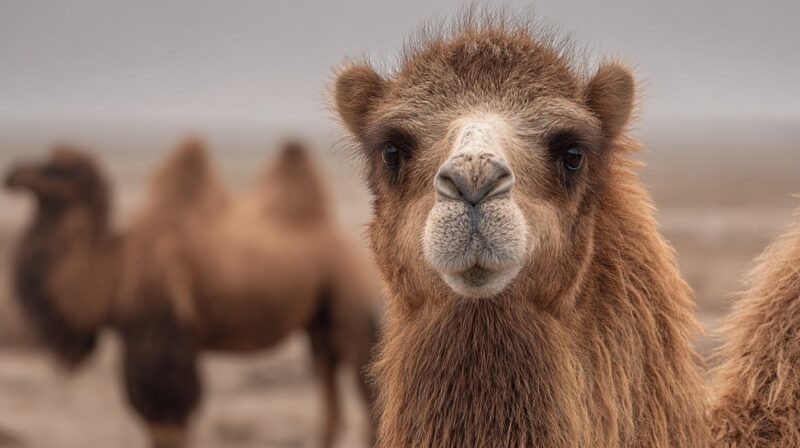
Regions inhabited by each species vary significantly, based on climatic suitability and human introduction. Dromedaries originated in the Middle East and Northern Africa but were later introduced elsewhere by humans.
- Middle East and North Africa (native range)
- Australia, where feral populations roam inland deserts
- Isolated parts of North America, especially in captivity or controlled environments
Bactrians originated in Central Asia and have remained concentrated in colder regions. Domesticated ones are still used by nomadic cultures, while wild populations face significant threats.
- Mongolia and China’s Gobi Desert (native and wild range)
- Central Asian steppes (domesticated use)
- Conservation zones due to declining wild numbers
Conservation of wild Bactrians is urgent due to low population counts and environmental pressure.
Behavior and Temperament
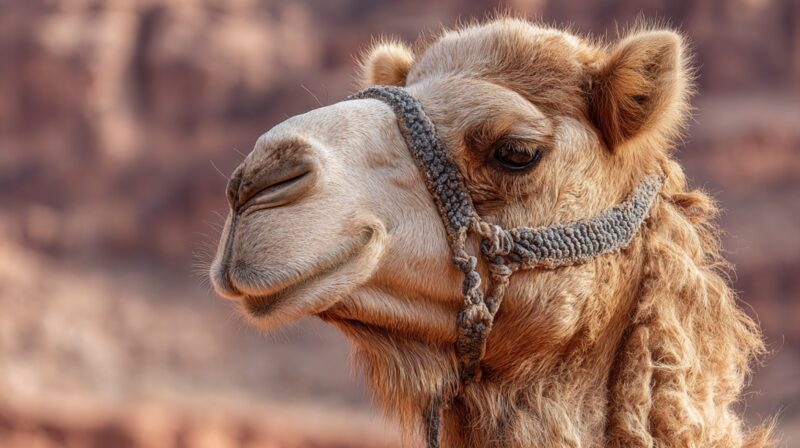
Behavioral tendencies can differ widely, influenced by training, environment, and individual personality. Observations compiled by CamelChannel suggest noticeable trends across the two species.
- Can be more assertive or aggressive
- Sometimes display unpredictable temperament
- Require patient, consistent handlers
Behavioral patterns in Bactrians:
- Often more docile and calm
- May tolerate cold stress better without behavioral disruption
- Respond well to structured, repetitive training
Trust-Based Camel Training has proven effective for both types, particularly when handlers spend time developing communication and mutual respect.
Interaction shapes behavior as much as species traits do, and no two camels behave exactly alike.
Conservation Status
Population stability differs greatly between the two species. Dromedaries, long domesticated and integrated into human livelihoods, show no signs of population risk.
- Extensively used for transport, agriculture, and tourism
- Found in large numbers across arid regions
- No current conservation threat
Bactrians face a much more urgent situation. Wild individuals are at severe risk, and their numbers continue to dwindle due to human influence and habitat fragmentation.
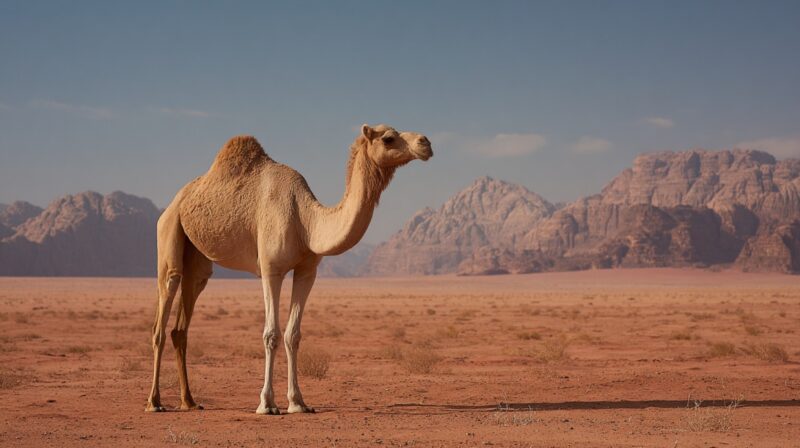
- Wild population estimated in the hundreds
- Crossbreeding with domesticated Bactrians reduces genetic purity
- Shrinking habitat threatens remaining herds
- Conservation programs active in parts of Mongolia and China
Efforts are ongoing, but the survival of wild Bactrians requires continued focus and international cooperation.
Each small step in protection helps ensure their continued existence.
The Bottom Line
Dromedaries and Bactrians differ in hump count, habitat, behavior, and physical traits. One thrives in searing deserts; the other in freezing steppes.
Both deserve recognition and care. While dromedaries remain common and familiar, Bactrian camels, especially those in the wild, need more support and protection.
Raising awareness can help ensure both species continue to exist as remarkable examples of nature’s adaptability.


